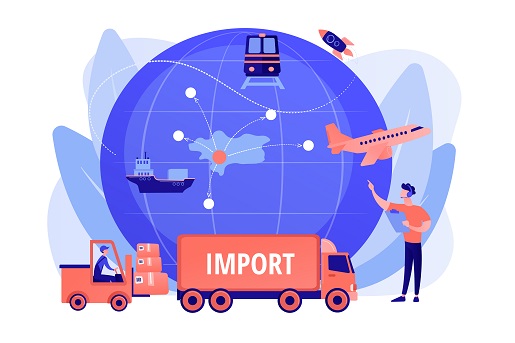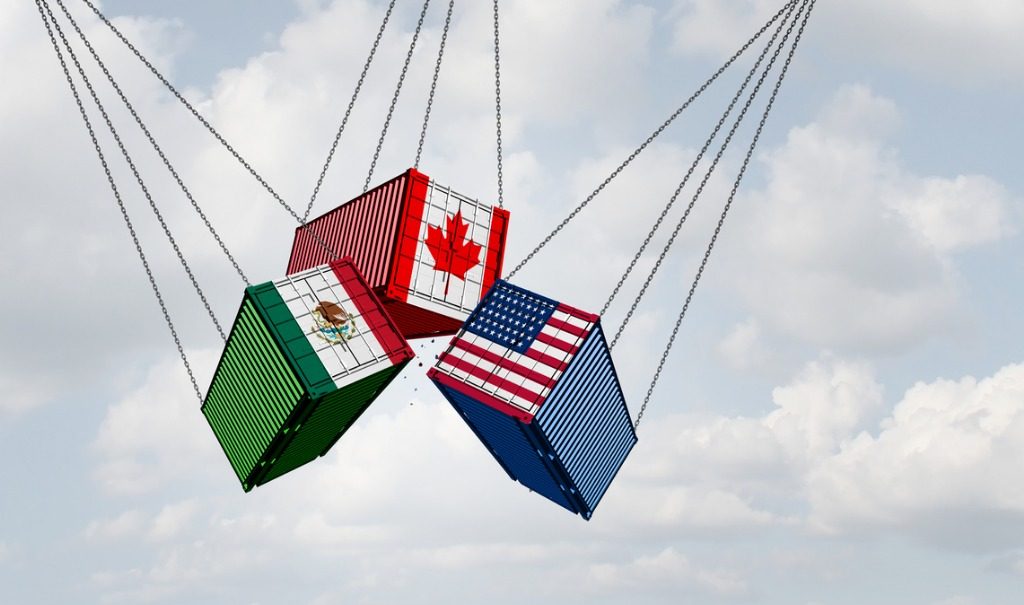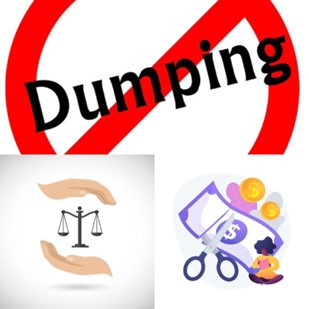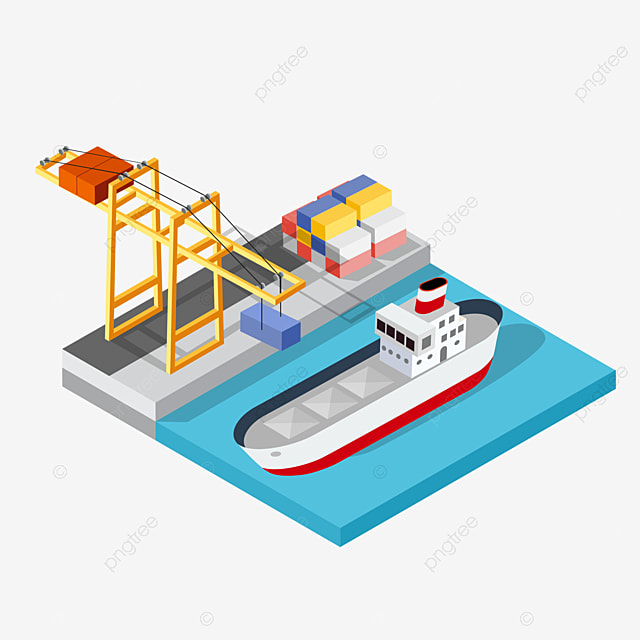9 Recommendations to import to the United States.
1. Have a good consultant and American customs agent.
The role of the Licensed Custom Broker is to support and advise importers to comply with United States customs regulations.
Mainly in:
- Classification, descriptions, weights and quantities, country of origin of the goods.
- Compliance with regulations of other US government agencies such as FDA and USDA.
- Correct declaration and compliance with foreign trade treaties: USMCA/T-MEC.
- Correct safeguard of Documents.
- The American Customs Agents must be an ally of the American Customs (Customs and Border Protection) in the correct fulfillment of the regulations and development of foreign trade.

2. Know the main focuses of the American Customs.
United States Customs Priorities:
- Agricultural products and quotas enter correctly
- Compliance with antidumping duties and countervailing duties
- Safety of imported products (that the products that are imported do not cause harm to the American consumer)
- Take care of intellectual property issues (brands, design, logos, patent)
- Collection (that taxes are paid properly)
- Textiles and clothing
- Review of free trade agreements and special programs.

3. Define exporter, importer, logistics and delivery aspects.

Licensed Custom Broker: who has a financial interest in the goods. It can be a buyer or a seller.
Importer: is the person who buys the products or services produced in another country.
Exporter: he is the one who sells his products or services abroad.
Every importer and consignee must register with an American customs
4. Meet CBP / US Customs requirements
Reasonable Care
The regulation requires importers to use reasonable care in providing Customs at the time of entry regarding:
- Classification
- Valuation
- Taxes
- Admissibility
- Statistical information
Main Responsibilities
- Classification of Goods.
- Establish an import bond.
- Determination and marking country of origin.
- Correct valuation of merchandise.
- Creation of import documentation with correct declarations.
Tariff classification
- All imported merchandise must be classified.
- Classification is to determine the 10-digit code that applies to some merchandise.
- The international classification is 6 digits, the last 2 to 4 is for each country.
The tariff classification defines: import costs and import requirements.
Determination of a Bond
Bond Approval.
The Bond must be processed in the Customs Forms 301 format.
Types of Bond:
- Single Entry Bond – Designed for a single shipment.
- Continuous bond Application: designed for multiple shipments, it is valid for one year.
Determination and marking country of origin.
Unless there is an exception by law, it is a requirement that all articles of foreign origin (or their container) imported into the United States be marked with their Country of Origin.
Country of Origin means the country of manufacture, production, or procurement of any item of foreign origin entering the United States.
Value added must undergo a substantial transformation for that other country to be the country of origin; however, for a good from a USMCA country, the USMCA Marking rules will determine the country of origin for physical marking of merchandise.
Merchandise valuation.
Declare correct statistical information.
Valuation Methods: transaction value, transaction value of identical merchandise, transaction value of similar merchandise, deductive value, constructed value, derived value.
Imported goods are valued under "transaction value"
The transaction value will be the valuation of imported merchandise if the buyer and seller are not related; or the buyer and seller are related, but the transaction value is acceptable.
The onus is on the importer to demonstrate that the relationship does not affect the price.
Entry Process / Required Documentation
The necessary documentation for merchandise release is as follows:
- CF7533 carrier manifest format.
- Evidence of right to make entry.
- Commercial invoice
- Packing List.
- Other documentation that is required by another government agency.
- Consignee information.
*Electronic entry of documents is accepted.

5. Know requirements of other government agencies
- FDA: The importation into the United States of food, drugs, devices, cosmetics, and tobacco products.
- EPA: The importation of pesticides and devices.
- CPSC: Importation of Hazardous Substances, Mislabeled Hazardous Substances, or Prohibited Hazardous Substances.
- USDA: All imported meat and meat products offered for entry into the United States.
- DEA: The import and export of narcotic drugs are governed by the regulations of the Bureau of Narcotics of the Drug Enforcement Administration.

6. Correct determination of tariff preference under USMCA
BOM validation for USMCA analysis
Validate country of origin of raw material, costing, correct treatment of: direct and indirect materials, accessories, spare parts, tools or instructional materials or other information materials, packing and packaging materials, treatment of kits, sets, systems.
Identification of USMCA rule of origin
Identify the qualification method based on USMCA rules, tariff jump, regional content value, de Minimis.
Expedition and communication
Issue a certificate of origin under USMCA guidelines to your importer/client and customs brokers, and reflect eligibility information (Identifier S) on invoices and documentation.

7. Know the possible impact of commercial remedies

There are three types of trade remedies: antidumping duties, countervailing duties, and safeguard measures.
The first two are designed to protect against unfair trade that may emanate from a country seeking a competitive advantage in one of its products or merchandise.
8.Determine payments of taxes, tariffs and other charges.
Merchandise Processing Charges: Merchandise that is formally entered will be subject to payment by CBP of an ad valorem charge of 0.3464% of its value, not to exceed $539 and not less than $28.
Exceptions: Merchandise imported under chapter 98 of the HTSUS except fractions 9802.00.60 and 9802.00.80
Port Maintenance Charges: Merchandise unloaded from a commercial vessel will be subject to a port charge of 0.125%
Exceptions: Air shipments, informal entries, exports.

9. Understand aspects of post-import compliance.
Safekeeping of Documents: Any owner, importer, consignee or other person who imports merchandise into the territory of the United States will be required to safeguard documents.
Retention period: The records will be kept for 5 years from the date of entry or 5 years from the date the record is generated.
*Drawback procedures must be safeguarded for 3 years from the date of payment.
Liquidation: All merchandise import entries, with the exception of temporary importation under bond and Inbond transportation, must be liquidated.
Do you want to know more about the operations of Mexico-United States? Sign up for our next course "The path of Cross-Border Customs Operations Mexicox-United States" with the Mtro. Adrian Gonzales.
Have you doubts? Contact us


